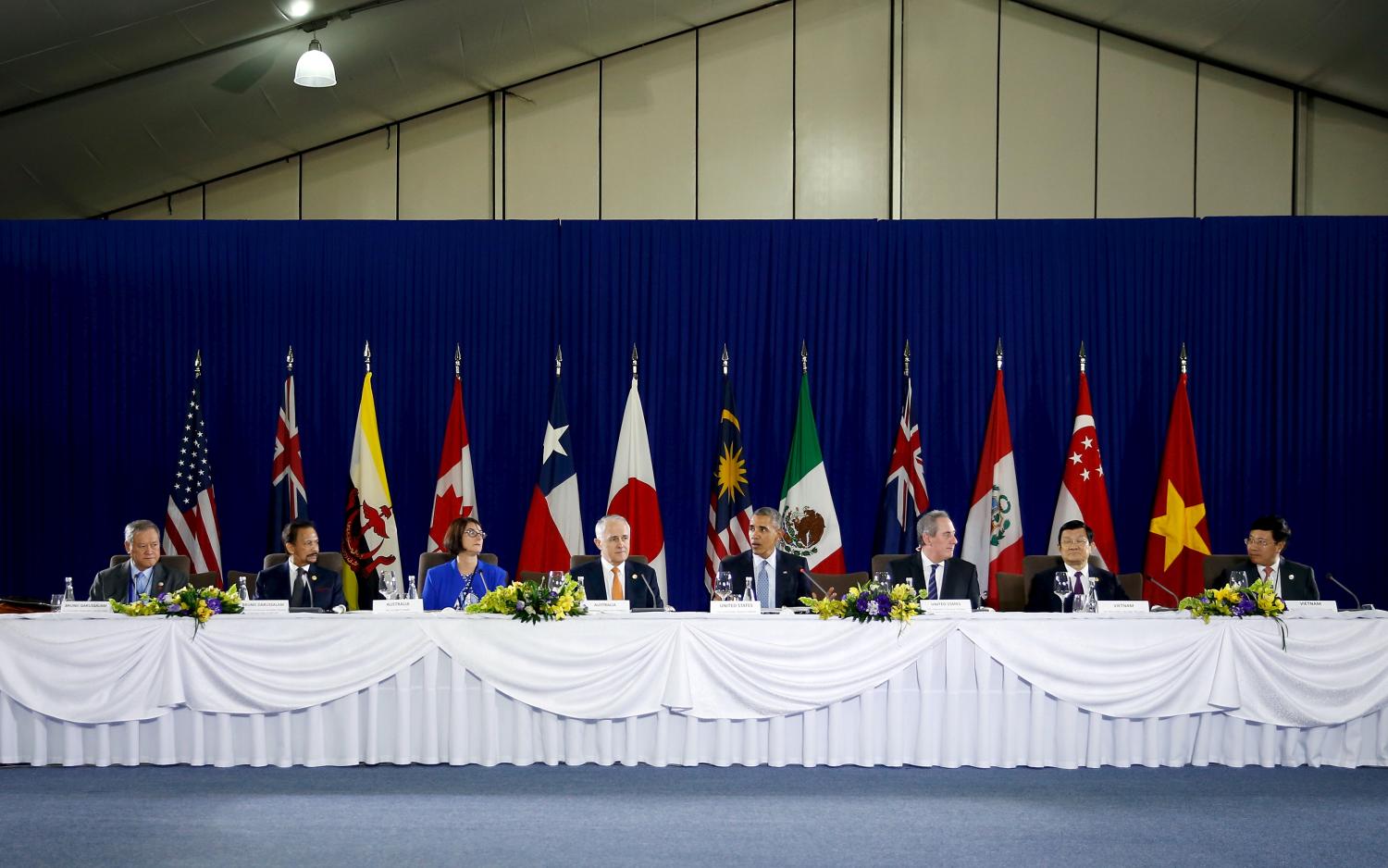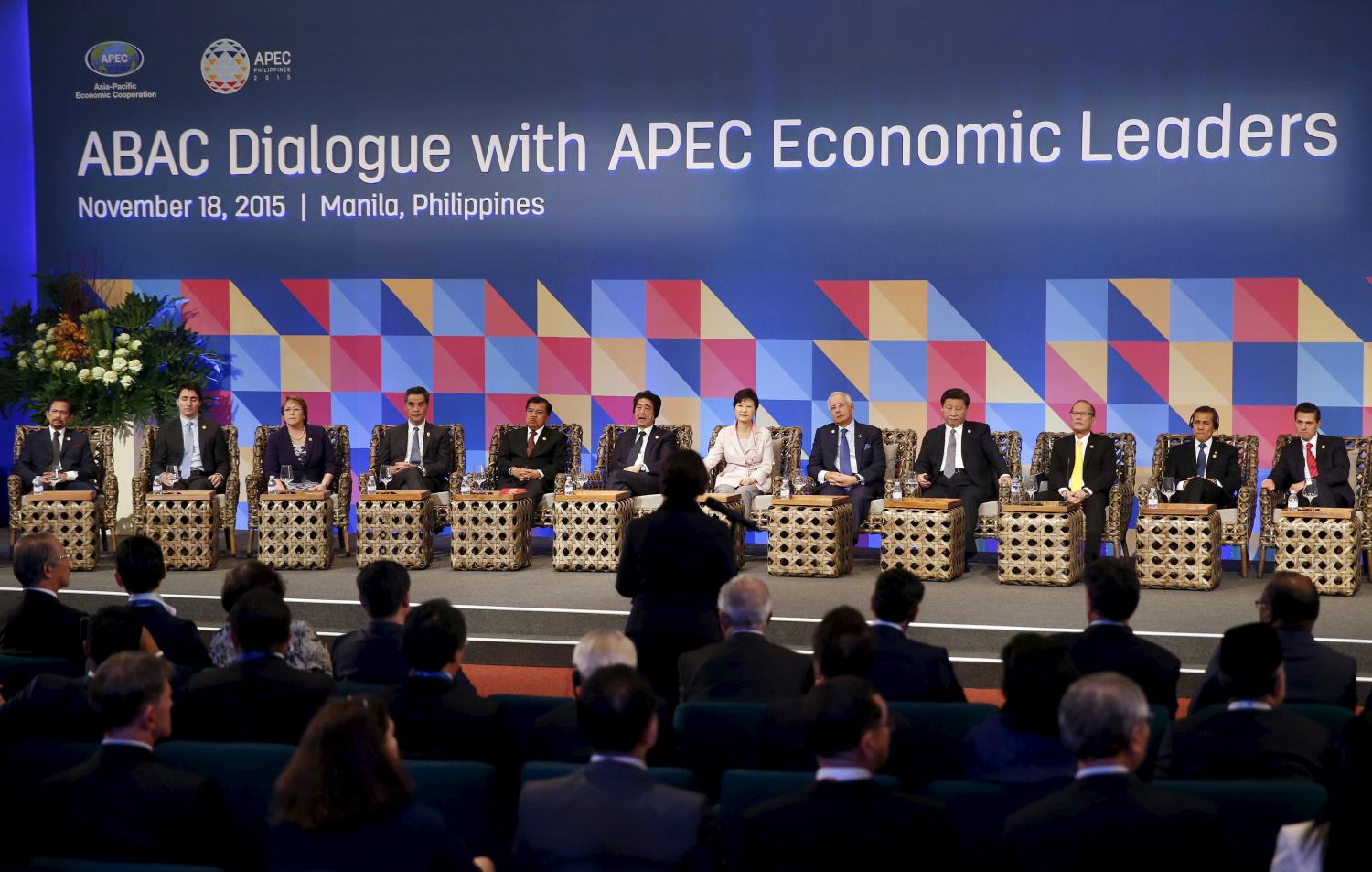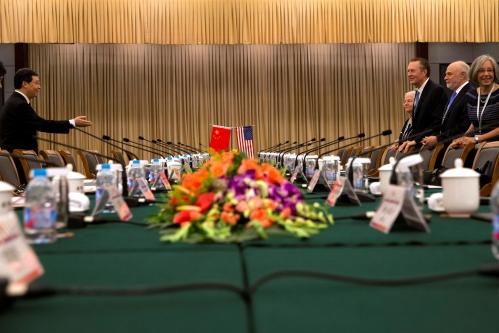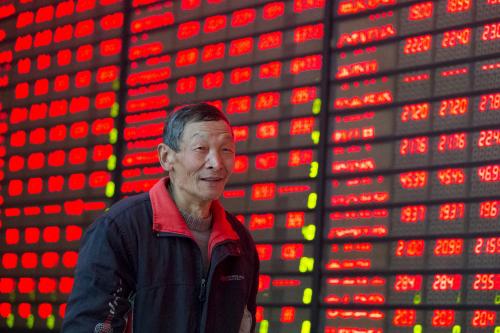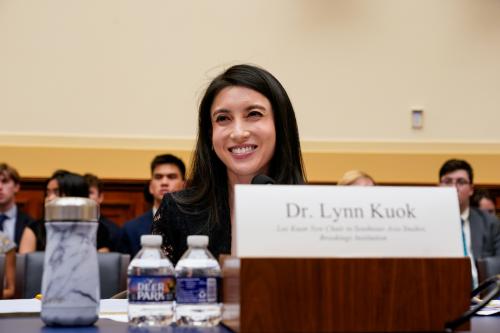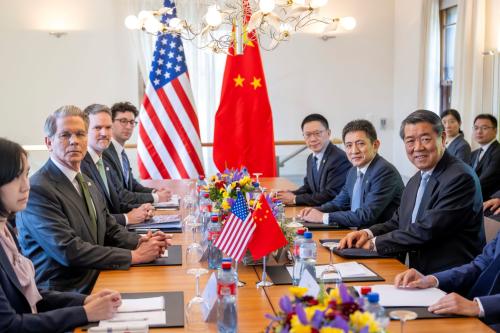 Trade policy, and the Trans-Pacific Partnership (TPP) in particular, is vitally connected to the national interests of prosperity, security, and governance. With novel rules on the digital economy, high tariff elimination targets, and disciplines to address behind-the-border protectionism, the TPP creates opportunities for American sectors that enjoy competitive strength—services, advanced manufacturing, agriculture—to expand their reach in overseas markets. Projected annual income gains from this trade deal range between $57 billion and $131 billion by 2032, compared to a baseline scenario. In sharp contrast to the experience of import competition with China, the TPP will not impose large adjustment costs in terms of employment and wages, generating instead a net (albeit small) positive effect on job creation and wage rates. However, the individual costs for displaced employees are very high, and the contours of a new pro-adjustment safety net that enables workers to navigate difficult economic transitions (brought about by technological change or trade) are highlighted below.
Trade policy, and the Trans-Pacific Partnership (TPP) in particular, is vitally connected to the national interests of prosperity, security, and governance. With novel rules on the digital economy, high tariff elimination targets, and disciplines to address behind-the-border protectionism, the TPP creates opportunities for American sectors that enjoy competitive strength—services, advanced manufacturing, agriculture—to expand their reach in overseas markets. Projected annual income gains from this trade deal range between $57 billion and $131 billion by 2032, compared to a baseline scenario. In sharp contrast to the experience of import competition with China, the TPP will not impose large adjustment costs in terms of employment and wages, generating instead a net (albeit small) positive effect on job creation and wage rates. However, the individual costs for displaced employees are very high, and the contours of a new pro-adjustment safety net that enables workers to navigate difficult economic transitions (brought about by technological change or trade) are highlighted below.
On the geopolitical front, the TPP enhances American influence in Asia and the world by reassuring allies and rivals that the United States is a multi-dimensional power fully anchored to the region and capable of supplying novel institutions for regional cooperation. And it represents a smart strategy vis-à-vis China’s regional and global leadership bid since it is both proactive (building a new economic architecture) and inclusive (leaving the door open for a potential Chinese accession in the future). The TPP aims to close the governance gap in the trading regime caused by the inability of the World Trade Organization (WTO) to update the multilateral rules on trade and investment for the past 20 years. The TPP’s assets to advance the dissemination of new rules are not only its reach (comprising 40 percent of world GDP), but also its diversity: bringing together nations at very different levels of development.
The prospects for congressional ratification of the TPP are clouded by the rise of an anti-trade movement in the U.S. political landscape. The conventional case for trade (focusing on the gains to be had, while downplaying the costs of transitional unemployment) does not resonate in a context of marked increases in income inequality or with still-fresh memories of significant job losses in the aftermath of the global financial crisis. We need to address the fears around liberalization, not only by driving home the point that technological change is the largest force behind the loss of U.S. manufacturing jobs, but also by developing a pro-adjustment safety net for all workers. Its core objectives should be to close the growing skill deficit in the workforce and to ensure labor mobility across geographical boundaries, across occupations, and across the skill spectrum. Concrete initiatives to pursue include employment incentives (such as an expansion of the Earned Income Tax Credit for lower income workers and a universal wage insurance program), plus doubling down on skill acquisition and upgrading through dedicated funding in community colleges for training programs and development of company apprenticeships, to name a few examples.
The choice ahead for us is not whether to turn inward, rather it is whether we can overcome decades of underinvesting in our most precious asset: human capital.
The Brookings Institution is committed to quality, independence, and impact.
We are supported by a diverse array of funders. In line with our values and policies, each Brookings publication represents the sole views of its author(s).

